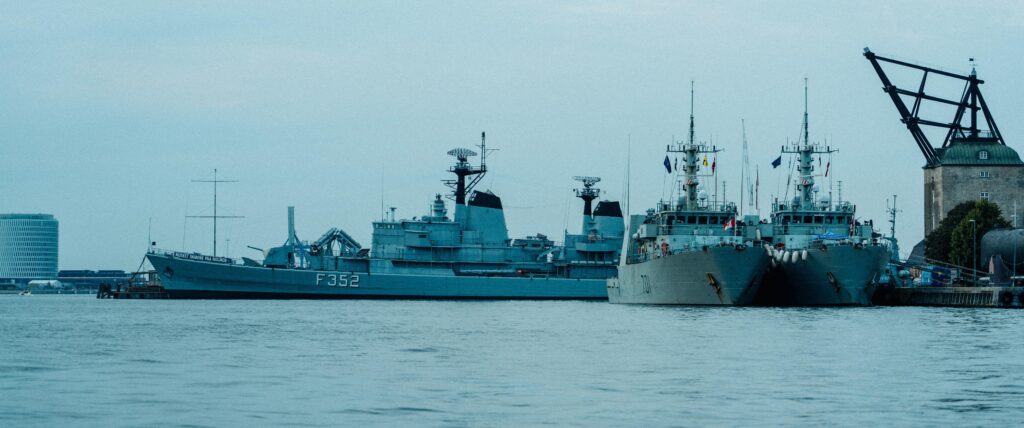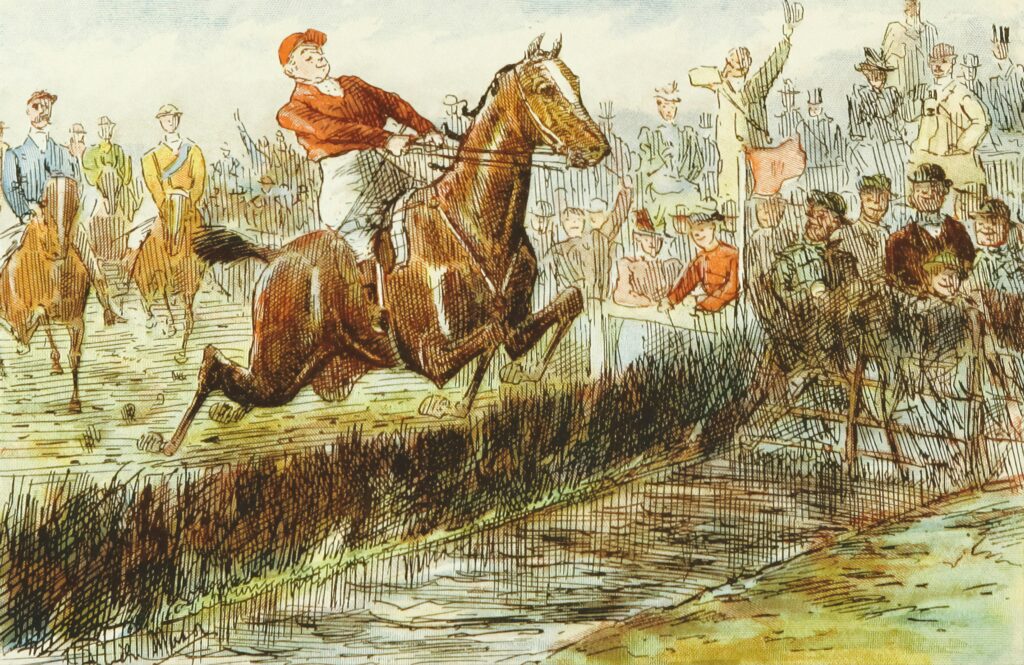The Battle of Waterloo, fought on June 18, 1815, stands as one of history’s most momentous clashes, marking the definitive end of Napoleon Bonaparte’s imperial ambitions. This fierce confrontation between Napoleon’s French forces and the allied armies led by the Duke of Wellington and Gebhard Leberecht von Blücher not only reshaped the geopolitical landscape of Europe but also sealed the fate of one of history’s greatest military leaders. In this article, we’ll delve into the pivotal moments, strategies, and consequences of the Battle of Waterloo—exploring how this single encounter came to define Napoleon’s legacy and alter the course of history forever.
Table of Contents
- The Strategic Maneuvers That Shaped the Outcome
- Key Leadership Decisions and Their Impact on the Battlefield
- Lessons from Waterloo for Modern Military Strategy
- How Understanding Waterloo Can Influence Leadership in Business and Beyond
- Final Thoughts
The Strategic Maneuvers That Shaped the Outcome
At the heart of Waterloo’s legendary outcome lies a series of calculated moves that demonstrated both brilliance and missteps. Napoleon’s early decision to delay the battle allowed the Allied forces, led by the Duke of Wellington, to consolidate their positions on the Mont-Saint-Jean ridge. This defensive terrain offered a significant tactical advantage, forcing the French to assault uphill under heavy fire. Meanwhile, Marshal Ney’s impetuous cavalry charges, though valiant, lacked infantry and artillery support, resulting in heavy losses and squandering crucial momentum. The arrival of Prussian forces under General Blücher later in the day was a masterstroke of Allied coordination, creating a pincer movement that stretched French defenses to their breaking point.
Key elements that influenced the approaching tide of battle included:
- Effective use of terrain: Wellington’s troops maximized defensive positions, leveraging natural landscape features.
- Allied communication: Timely and secure coordination between British and Prussian commanders prevented Napoleon from isolating his enemies.
- French operational delays: Late troop movements and indecisive timing eroded the offensive edge Napoleon had counted on.
- Prussian persistence: Blücher’s commitment to the battlefield despite earlier setbacks was crucial to overwhelming the French right flank.
Key Leadership Decisions and Their Impact on the Battlefield
Napoleon’s command decisions during the Battle of Waterloo were decisive yet fraught with critical miscalculations that ultimately shaped the battle’s outcome. One of his key choices was to delay the initial attack until midday, allowing the muddy battlefield conditions to worsen and reducing the effectiveness of his artillery. Additionally, his reliance on Marshal Ney’s repeated cavalry charges without adequate infantry or artillery support drained vital resources and failed to break the Allied lines. These decisions exemplified a blend of boldness and overconfidence that left French forces vulnerable to the coordinated counterattacks that unfolded later in the day.
In contrast, the Duke of Wellington’s leadership emphasized patience and strategic positioning, capitalizing on the terrain’s natural defensive advantages. His decision to hold the ridge until Prussian reinforcements arrived proved pivotal. The timely arrival of General Blücher’s forces, facilitated by Wellington’s earlier strategic planning, enveloped the French army and turned the tide of battle. Key leadership decisions such as:
- Consolidating defensive positions on high ground
- Coordinating timely communications with allies
- Resisting premature engagement despite pressure
highlight how battlefield leadership directly influenced the course and ultimate outcome of Waterloo.
Lessons from Waterloo for Modern Military Strategy
The Battle of Waterloo offers timeless insights into the complexities of coalition warfare and the indispensability of adaptive leadership. One of the standout lessons is the importance of coordination among allied forces. Wellington’s ability to synchronize efforts with Prussian troops under Blücher’s command was crucial in turning the tide against Napoleon’s formidable army. Modern military strategists can draw from this the critical need to foster interoperability and trust among diverse units, especially in joint or multinational operations. Moreover, the battle underscores how rapid communication and flexibility can mitigate battlefield uncertainties, a principle increasingly relevant with today’s fast-paced technological warfare.
Another key takeaway lies in the significance of terrain and timing. Wellington’s choice to position his troops on the ridge of Mont-Saint-Jean exemplifies how leveraging natural defensive advantages can compensate for numerical disadvantages. For present-day military planners, this reinforces the value of meticulous terrain analysis and the strategic implications of positioning. Additionally, Napoleon’s failure to exploit crucial opportunities at decisive moments highlights the cost of overconfidence and misjudgment in command decisions. Integrating these historical lessons can enhance modern doctrines, ensuring forces remain vigilant and responsive, while never underestimating the variables shaping the battlefield.
- Coalition unity and interoperability as force multipliers
- Adaptive leadership amid evolving combat conditions
- Terrain exploitation for defensive advantage
- Critical timing in executing offensive maneuvers
How Understanding Waterloo Can Influence Leadership in Business and Beyond
History’s pivotal moments, like the clash at Waterloo, offer more than just strategic lessons—they reveal timeless leadership dynamics. When examining the leadership decisions on both sides, one notices how situational awareness, decisive action, and adaptability become critical. The battle reminds business leaders that even the most dominant forces can falter without the capacity to anticipate shifts in the environment and respond effectively. Flexibility in leadership—knowing when to hold firm and when to pivot—can differentiate success from failure, especially in competitive markets where change is constant and rapid.
From the successes and mistakes surrounding Waterloo, several actionable takeaways emerge for leaders across industries:
- Embrace Diverse Perspectives: Coalition forces succeeded partly because of their ability to unite varied groups with different strengths.
- Maintain Clear Communication: Miscommunication on Napoleon’s side contributed to missed opportunities, while clarity bolstered coalition coordination.
- Anticipate and Prepare for Contingencies: Overconfidence led to underestimating opponents and unexpected setbacks.
Understanding these elements cultivates a leadership mindset that values preparation, inclusivity, and responsiveness—qualities vital not only in business but in any realm where influencing outcomes matters.
Final Thoughts
As we reflect on the Battle of Waterloo, it becomes clear why this pivotal clash remains etched in history as Napoleon’s defining defeat. More than just a military encounter, it signaled the end of an era and reshaped the political landscape of Europe for decades to come. Understanding Waterloo is not only about appreciating the strategies and valor on display but also recognizing the profound consequences that echoed far beyond the battlefield. Whether you’re a history buff or simply curious about the forces that shaped modern Europe, the story of Waterloo offers timeless insights into leadership, resilience, and the unpredictable tides of history. Stay tuned for more explorations into the battles and figures that have defined our world.













